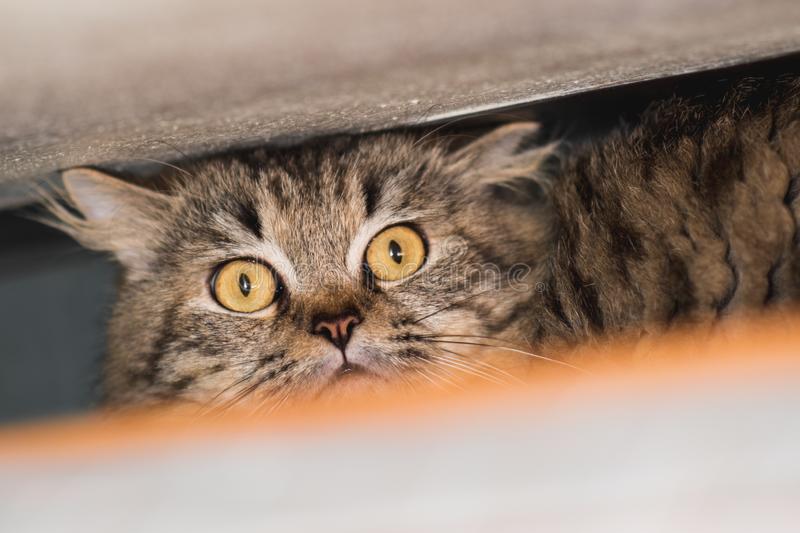Based on the modern-day cat’s anatomical structures, they are said to have originated from a common ancestor in Asia. These creatures are said to have existed for about 10 to 12 million years. But what does the term cat gap mean?
The nimravids, known as false saber-toothed cats, vanished after 12 million years of dominating the continent. There were no feline-like species anywhere in North America over the next 6.5 million years. The Cat Gap is the name given to this era of time.
The Era of No Cats
The cat gap is a time in the fossil record in North America between roughly 18.5 million and 25 million years ago when there are few fossils of cats or cat-like creatures.
The cause of the cat gap is unknown. Still, it could have been caused by changes in climate such as global cooling, habitat and environmental ecosystem changes, the increasingly hyper carnivorous trend of cats, especially nimravids, volcanic activity, evolutionary changes in dental morphology of North American Canidae species, or periodicity of extinctions known as van der Hammen cycles. (Source: Synapsida)
What was the First Cat?
It is unknown what the very first cat looked like. As Charles Darwin once said, the fossil record is like a stone book with only a few words or sentences in an incomplete array of chapters. This makes tracing specific ancestors all the more difficult, especially as you go further back in time.
As a result, paleontologists look for animals with what are known as transitional features like traits that bridge gaps between groups and serve as proxies for those ancestors, tracing the chaotic path of evolution from the present back into the past.
For cats, that search has led experts to a small mammal known as Proailurus. Naturalist Henri Filhol named this extinct beast from fossils discovered in France in 1879, and he could tell that the mammal had something to do with the origin of felines: Proailurus means the first cat. (Source: Synapsida)
What are the Possible Causes of the Cat Gap?
Changes in the continent’s ecology could also explain the extinction of feliforms in North America. The geologic temperature record demonstrates that the earth was experiencing a period of global cooling, which caused forests to give way to savannas.
Volcanic activity has also been proposed as a possible cause of the cat gap and other extinctions that occurred during this period.
The La Garita Caldera was the site of the Fish Canyon eruption, a massive eruption that occurred approximately 27 million years ago. The scale of the Fish Canyon eruption was unprecedented in human history, erupting more than 10,000 km3.
It was possibly the most energetic event on Earth since the Chicxulub impact, which many paleontologists believe was responsible for the extinction of the dinosaurs during the Cretaceous–Paleogene extinction event.
The Late Cenozoic Ice Age, which began 33.9 million years ago, could also have contributed to the cat gap. This ice age caused glaciation in Antarctica, which spread to Arctic regions such as southern Alaska, Greenland, and Iceland. Glaciers on the North American continent, combined with a cooling trend, may have rendered the ecosystem uninhabitable for feliformia cat-like species. (Source: Synapsida)
